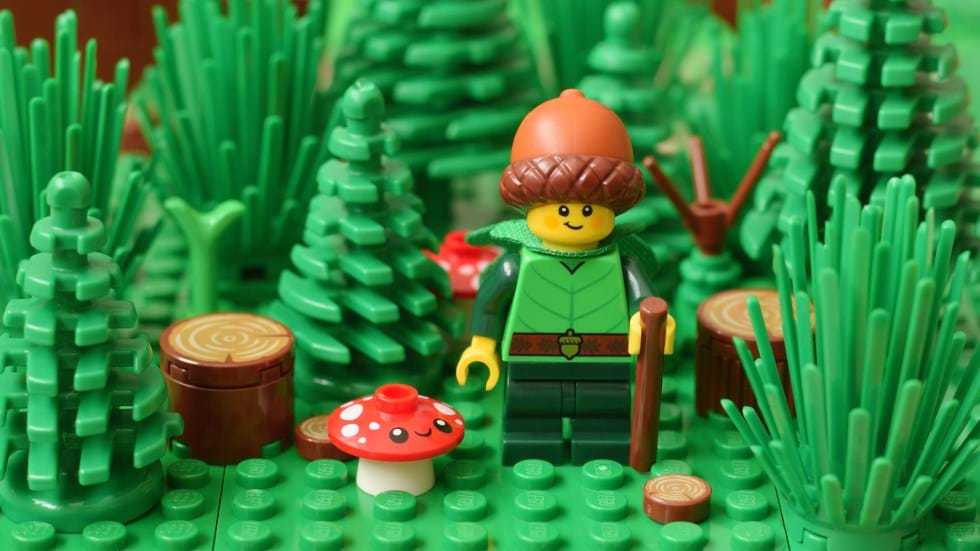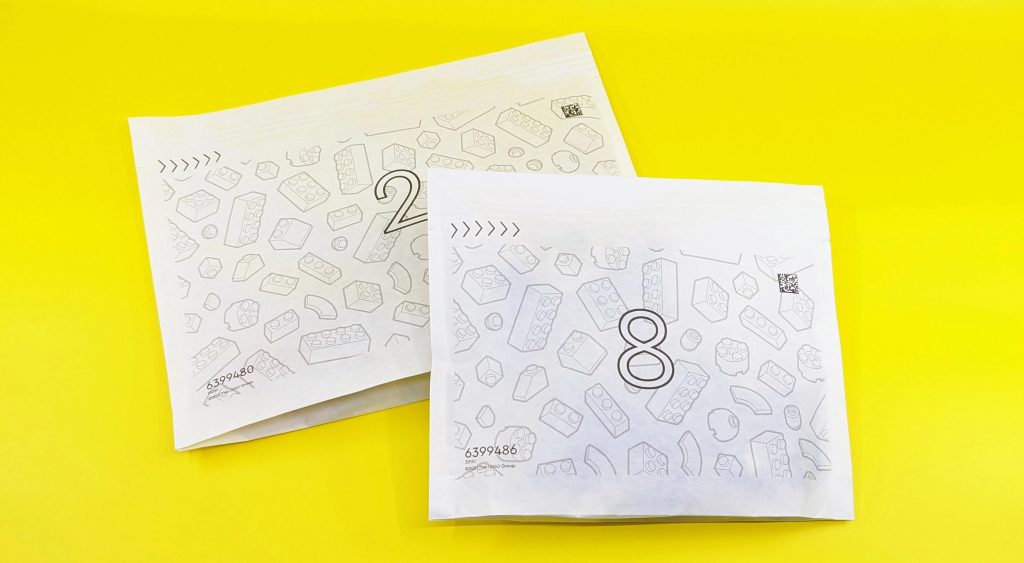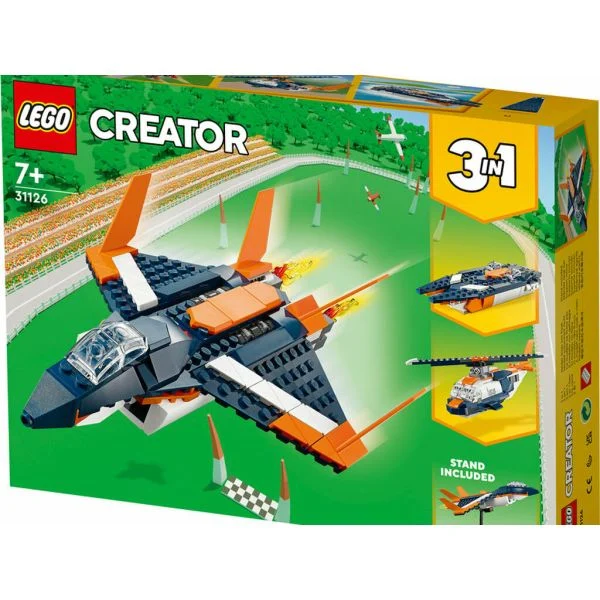
As someone who has spent countless weekends sprawled across my floor surrounded by bricks—meticulously assembling Technic gears, Speed Champions builds, and even my own custom designs—I never really questioned where my LEGO pieces came from. They were just always there, colorful, reliable, and practically indestructible. But recently, something shifted. I started thinking more seriously about sustainability, especially after diving deep into building LEGO cars.
It all began with the LEGO McLaren Formula E Gen2 Car. While building it, I couldn’t help but admire the detail and futuristic design. But the irony hit me—here I was building a model of a real-life electric race car out of plastic. That moment stuck with me.
Sustainability in LEGO: Where Are We Now?

LEGO has made some bold moves toward sustainability in recent years. Their goal? To make all core products from sustainable materials by 2030. They’ve already started introducing plant-based bricks made from sugarcane, and packaging has been shifting away from plastic bags to recyclable paper ones (which I first noticed when I bought the Ferrari Daytona SP3 set, bonus points for eco-awareness!).
As an AFOL (Adult Fan of LEGO), that makes me feel like I’m contributing to something better—but I still wonder how long it’ll take before full Technic car builds can be made with greener bricks without sacrificing performance or clutch power.
My Eco Build Challenge
This Earth Day, I decided to take on a personal challenge: build a LEGO car using only parts from older, reused sets, no new bricks allowed. I dove into my parts bin (which honestly looks more like a sorted rainbow explosion) and started piecing together an electric SUV inspired by real-world EVs.
The process was rewarding. Not just because I got to flex some creative muscles, but because I realized how much reuse can be a form of sustainability. Every time we repurpose parts from older builds or sets, we’re giving plastic a second life.
I used old Technic beams from a 2010 rally car set, wheels from an old City tow truck, and even clear bricks from a long-retired Star Wars set for the headlights. It wasn’t perfect, but it turned out way cooler than I expected—and no plastic was wasted.
What LEGO Could Do Next

LEGO has made a few sets that can be rebuilt a few times which is really nice to see. While LEGO is making moves in the right direction, here are a few things I’d love to see as both a builder and a planet-conscious fan:
- Dedicated Eco-Themed Sets:
Imagine a “LEGO Eco Speed Series” featuring electric vehicles, solar-powered garages, or sustainable urban cityscapes. Not just as a gimmick, but as real educational builds with fact sheets, mini green-tech components, and biodegradable packaging. - More Modular Sets for Customization:
Reduce the need for new sets by promoting modular cars—where you can easily swap out front ends, back wheels, or interiors to create new vehicles using shared pieces. - Digital Instructions + Secondhand Support:
LEGO has already gone digital with manuals via the app, which I love. But what if they added a section encouraging secondhand brick use? Or promoted build ideas using “classic parts” from old sets?
Why This Matters to Me
LEGO has been part of my life since I could hold a brick. I’ve built everything from tow trucks to turbo racers, and now, I’m finding joy in building responsibly. As I look at the display shelf in my office, filled with Speed Champions, Technic monsters, and now my DIY eco SUV, I realize that being a LEGO fan today means thinking both creatively and consciously.
Building LEGO cars is fun. But building a future where those cars, and the bricks they’re made of, don’t hurt the planet? That’s a real win.
So to all my fellow brickheads out there: reuse your parts, get creative with what you’ve got, and don’t be afraid to start your own eco builds. Who knows? The greenest LEGO car might just come from your own imagination.
